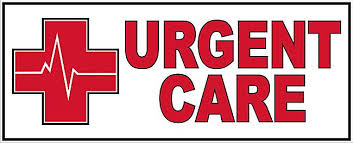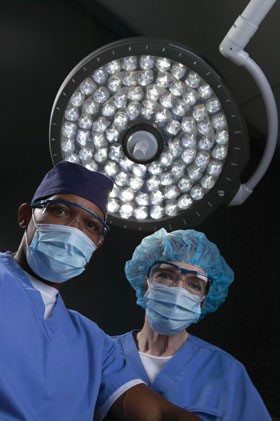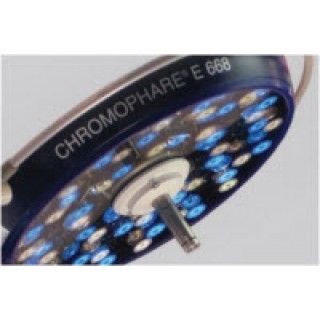Chew On This (Dental Scissors)
Chew On This (Dental Scissors)
When you think of dentist the tool you imagine them using is probably not scissors. You might be surprised to know that dentist have special dental scissors able to contour to the intricacies of the mouth. Dentists are (understandably) most associated with teeth, but also deal with the entire mouth. While these dental scissors obviously aren’t for chopping teeth in half, they can be a vital part of various other mouth surgeries such as; removing or displacing gums or cheek material. While they come in different shapes and sizes, they are often curved so as to maneuver around the teeth to get to the flesh that needs to be cut or trimmed and most can be found at CIA Medical Inc. For similar reasons the blades are also usually shorter and smaller with longer handles.

You probably won’t find scissors in the repertoire when you go for your regular cleaning…If you go for your regular cleaning…
Be Honest
Do you go to the dentist every six months? Do you brush twice a day and floss after every meal? I get it. You’re a busy on the go (insert profession), and it’s easy for things to fall through the cracks. I don’t mean to suggest that you’re unhygienic. A quick hit of mouthwash to take care of any halitosis and if there’s anything immediately noticeable in your teeth, what else are nails for? If you prescribe to this line of thinking, you are certainly not alone. Lots of people rack up tons of grit and grime on their teeth, assuming that they can just go to the dentist whenever it gets to the point that it needs to be addressed. Technically they aren’t wrong. But the worse it gets, the more it’s gonna cost you. And I don’t just mean money.
One of the reasons going to the dentist is so easy to procrastinate on is because of the fairly high level of discomfort associated with it. Put another way, going to the dentist, unless your teeth are immaculate, hurts. The instruments they use just to clean your teeth are sharp hooks and ultrasonic high pressure water cannons. But if you think that hurts imagine how bad dental surgery feels. Yes, of course they numb you or even anesthetize you, but when you wake up, that pain doesn’t just go away. That pain is made that much worse by the finger wagging you’ll undoubtedly get from your dentist about how preventable the operation was, and the defeated realization that they’re absolutely right. Before that has a chance to sink in you’ll get that astronomically high bill. Good times right?
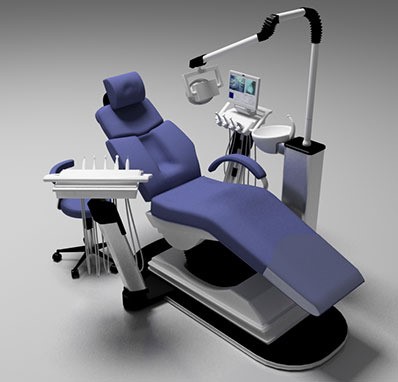
Dental Scissors AND MORE
But what are the torture devices dentists use to practice their sadistic craft? While similar to the instruments used in any other kind of surgery, the instruments used for dental surgery are somewhat nuanced as the mouth is unlike any other region of the body. Also, while all surgery is delicate, the cosmetic considerations when it comes to the mouth and teeth are quite literally front and center (well, maybe front and a little down).
We’ve already discussed dental scissors and where to find them. Let’s take a look at what I previously described as ultrasonic water cannon. I may have been taking some dramatic liberty with the phrasing there as it is actually called an ultrasonic scaler. In my defense though, when it’s actually in your mouth it feels like its pounding against your teeth with
We’ve already discussed dental scissors and where to find them. Let’s take a look at what I previously described as ultrasonic water cannon. I may have been taking some dramatic liberty with the phrasing there as it is actually called an ultrasonic scaler.
In my defense though, when it’s actually in your mouth it feels like its pounding against your teeth with weapon grade force. It is used to drill away at plaque that has caked onto the teeth while simultaneously washing it away. It is usually accompanied by a suction instrument used to remove all of the excess water. However, as it turns out it isn’t the water doing the drilling; it’s the ultrasonic movement of the tip of the instrument itself. The water is simply used to wash away the scaled off material.
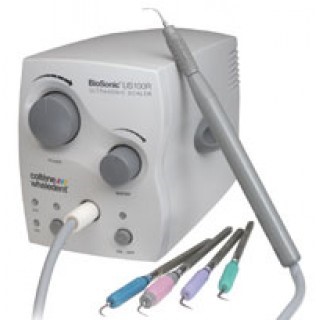
Biosonic Ultrasonic Scaler US100R
Now obviously the cleaning doesn’t sound like a picnic. But let’s go over a few of the surgical procedures so you can see how an ounce of prevention is worth a pound of cure.
The surgeries are broken up into subgroups depending on what the surgery entails.
-
Endodontic
- Root Canal: This is the one people think of when they think of dental surgery. The boogieman for people who eat too many sweets and don’t take care of their teeth. The technical term is Endodontic Therapy and involves drilling into the affected tooth to clean it out (painful), refilling it and sealing it with a crown (expensive).
- Apicoectomy: Unfortunately, sometimes a person just has one too many Jolly Ranchers and a root canal is not enough to properly address the problem. An apicoectomy is when the affected and diseased material has to be surgically removed by cutting into the gums.
-
Prosthodontics
- Crowns: There is some overlap between the categories, especially this one, as after surgeries are completed there is typically the need for some kind of prosthesis. Crowns, as mentioned above are used to cap off teeth after a root canal or when the teeth are damaged for any reason that might necessitate their use.
- Veneers: Prosthesis are used for cosmetic purposes as well as functional ones. People wishing to replace missing teeth will often have a mold taken of the gap and veneers or artificial teeth created and implanted into the mouth (also quite expensive).
Smile BIG

Over the years dental care has become more of a concern in popular consciousness. Aside from just going to the dentist when there is some kind of pain, people are concerned about the aesthetic their teeth portray. Poor dental care is considered a sign of low status. That is why when many actors make it big they replace their teeth with veneers. Look at a picture of Tom Cruise or Denzel Washington and then go back and look at some of their early work. The difference can be staggering. Don’t let it get to that point. Be sure to floss regularly, brush at the very least, daily. Perhaps most importantly, check in with your dentist around every six months. It may hurt and it may be expensive, but it will save you a lot of grief in the long run.
